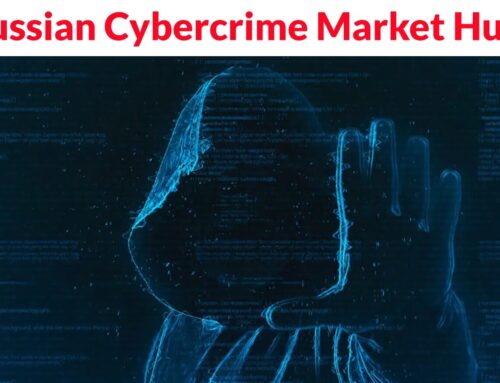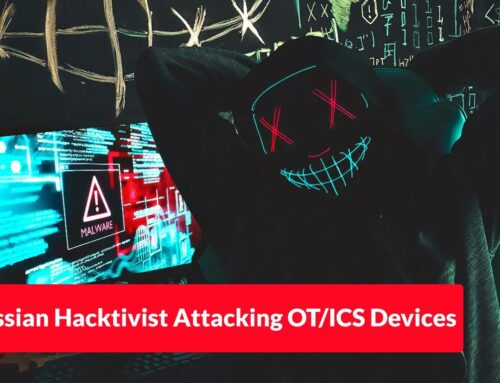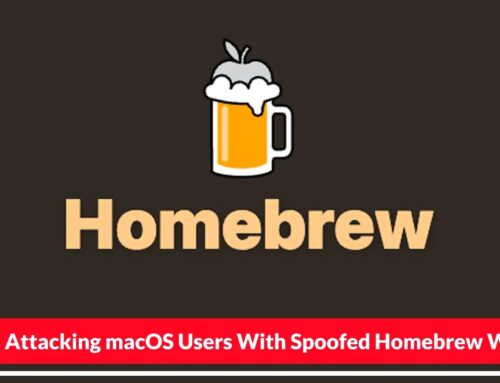
SonicWall Confirms Patched Vulnerability Behind Recent VPN Attacks, Not a Zero-Day
In the cybersecurity landscape, a swift and accurate understanding of emerging threats is paramount. Recently, concerns flared regarding a potential zero-day vulnerability impacting SonicWall’s SSL VPN. However, the company has now provided crucial clarity, confirming that the recent wave of attacks targeting its Gen 7 and newer firewalls with SSL VPN enabled is not due to a novel exploit but rather an older, previously patched vulnerability coupled with instances of password reuse.
Understanding the Recent SonicWall VPN Attacks
The cybersecurity community has been closely monitoring an uptick in malicious activity directed at SonicWall’s firewall devices. Initial speculation leaned towards a previously undiscovered zero-day vulnerability, a scenario that would necessitate immediate, widespread mitigation efforts from affected organizations. SonicWall’s diligent investigation, however, has provided a more nuanced picture.
The company has stated with high confidence that the recent SSL VPN activity is not indicative of a zero-day. Instead, their analysis points to a “significant correlation” with threat activity linked to CVE-2024-40766. This is a critical distinction that shifts the focus from emergency patching to reinforcing existing security hygiene and ensuring all known vulnerabilities are addressed.
CVE-2024-40766: The Core of the Issue
The vulnerability central to these attacks is CVE-2024-40766. While specific details about this CVE are still emerging or might be under limited disclosure depending on its recency, SonicWall’s statement indicates it’s an “older, now-patched bug.” This suggests that organizations diligence in applying updates is crucial.
The combination of an unpatched vulnerability and compromised credentials (likely through password reuse) creates a potent attack vector. Threat actors often leverage known vulnerabilities in widely deployed software, knowing that not all organizations patch promptly. When these vulnerabilities are chained with weak authentication practices, the risk of successful exploitation escalates dramatically.
The Role of Password Reuse in Exploitation
Beyond the patched vulnerability, SonicWall explicitly mentioned “password reuse” as a contributing factor to the recent attacks. This highlights a persistent and critical weakness in organizational security posture. When users or administrators reuse passwords across multiple services, a credential compromise in one service can directly lead to unauthorized access in another, even if the latter is not directly vulnerable to a specific software flaw.
This underscores the importance of:
- Unique, Strong Passwords: Every service should have a unique, complex password.
- Multi-Factor Authentication (MFA): Implementing MFA on all VPN connections and administrative interfaces provides a critical layer of defense, even if credentials are stolen or reused.
- Regular Password Audits: Organizations should routinely audit password strength and mandate resets for weak or compromised credentials.
Remediation Actions and Best Practices
Given SonicWall’s confirmation, immediate action is required for any organization utilizing their Gen 7 and newer firewalls with SSL VPN enabled. Adhering to the following remediation steps and best practices can significantly mitigate the risk of compromise:
- Patching: Ensure all SonicWall firewalls, especially Gen 7 and newer models, are updated to the latest firmware versions. This will specifically address CVE-2024-40766 and any other known vulnerabilities.
- Review Logs for Compromise: Actively monitor firewall and VPN logs for any unusual activity, failed login attempts, or unauthorized access attempts that may indicate a credential stuffing attack or successful exploitation.
- Enforce Strong Password Policies: Mandate complex, unique passwords for all VPN users and administrative accounts. Implement regular password rotation if not already in place.
- Implement Multi-Factor Authentication (MFA): This is perhaps the most critical control. Ensure MFA is enabled and enforced for all SSL VPN users and administrative access to the firewall. This significantly reduces the impact of password reuse.
- Segment Your Network: Isolate VPN access to only the necessary internal resources. Avoid broad network access from VPN clients to limit lateral movement in case of a breach.
- Regular Security Audits: Conduct periodic security audits and vulnerability assessments of your external-facing network devices, including VPNs, to identify and address potential weaknesses proactively.
- Educate Users: Remind users about the dangers of password reuse and phishing attempts that could lead to credential compromise.
Security Tools for Detection and Mitigation
A proactive defense strategy involves leveraging appropriate security tools. Here are some categories of tools that can assist in detection, scanning, and mitigation:
| Tool Name | Purpose | Link |
|---|---|---|
| Vulnerability Scanners (e.g., Nessus, OpenVAS) | Identify unpatched vulnerabilities on network devices. | Nessus / OpenVAS |
| Security Information and Event Management (SIEM) | Aggregate and analyze logs for suspicious activity and anomalies. | (Provider Dependent, e.g., Splunk, IBM QRadar) |
| Multi-Factor Authentication (MFA) Solutions | Add a critical layer of security to user logins. | (Provider Dependent, e.g., Duo Security, Microsoft Authenticator) |
| Network Intrusion Detection/Prevention Systems (NIDS/NIPS) | Monitor network traffic for malicious activity and block threats. | (Provider Dependent, e.g., Snort) |
Conclusion
SonicWall’s clarification regarding the recent VPN attacks is valuable for the cybersecurity community. The confirmation that the activity is linked to a patched vulnerability (CVE-2024-40766) and the persistent issue of password reuse shifts the focus from an unknown threat to known, manageable risks. This incident serves as a stark reminder of the enduring importance of timely patching, robust password policies, and the indispensable role of Multi-Factor Authentication in safeguarding critical network infrastructure. Organizations must prioritize these foundational security practices to effectively defend against evolving cyber threats.





